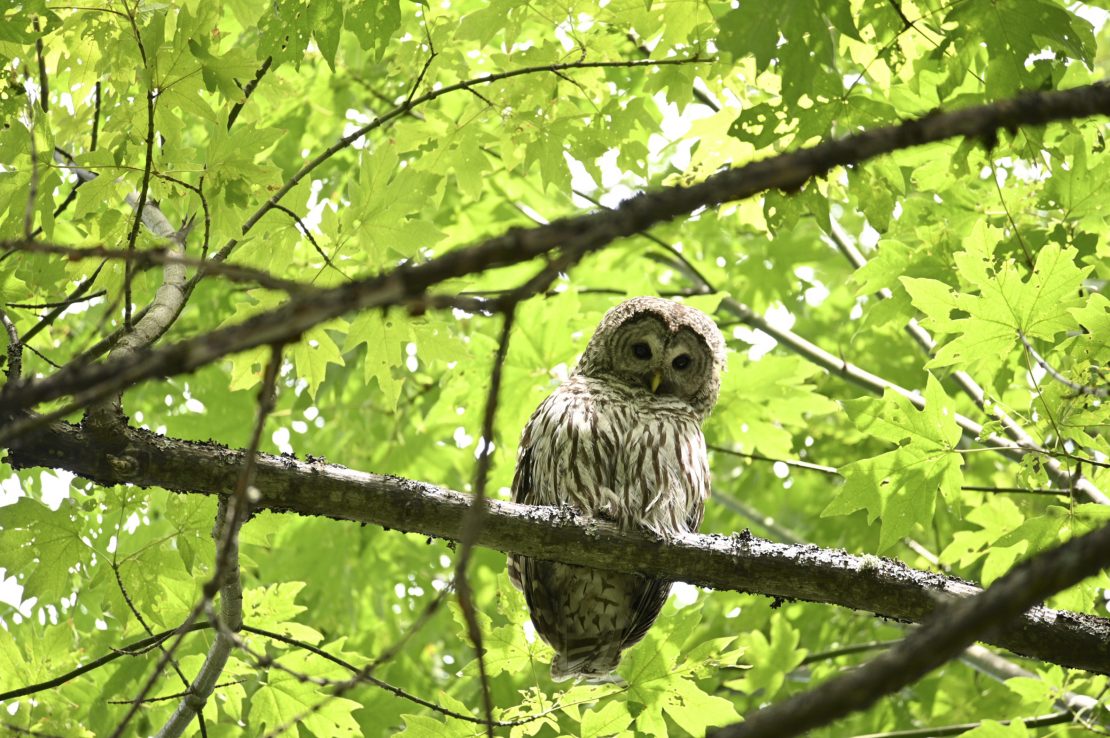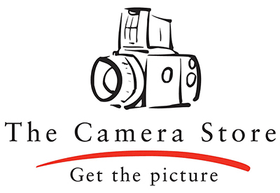Spring is finally gracing us with its warmth and fresh air, which opens up more opportunities to photograph outside. Bird Photography is one of the easiest ways to embrace the beautiful weather while still social distancing. I had an e-interview with Nikon rep Jay Gough on how to capture Canadian birds in our own backyards, and let’s just say, you’ll be inspired to shoot by the time you’re done reading!
Starting with, what I believe is, one of the two key components to bird photography, how to find birds, I asked Jay “What are some tips for finding birds in your backyard?” since the number one best place to be right now is at home!
“One of the obvious solutions would be to have a feeder or two in your backyard, there’s something pretty relaxing about having little visitors on the regular. They’re a lot more predictable than straight wild birds, and they actually do get used to you, so you can get some pretty up close and personal photographs of them (including using flash).”


For some of us, our backyards are more of an urbanscape, with not so many trees (personally, my backyard is not so much a yard as an apartment balcony), which leads to, “Where are some easy places for people to go while also social distancing (and not going into National and Provincial Parks)?”
“If you don’t have any trees or a feeder in your backyard, then you need to go find a nearby green space with lots of trees that typically shouldn’t be of the evergreen type. Heavy cover means it will be harder to spot and photograph your chosen subject. If you’re on the hunt for raptors, look up. At the side of roads on telephone poles, on fenceposts etc. Just hop in the car and drive some back roads. Most raptors prey on rodents, and there’s no shortage of rodents in open fields. Where I live in the Lower Mainland of BC, I have several outstanding birding locations within a 30-minute drive of my house, and a pair of resident Anna’s Hummingbirds in my backyard, along with a mated pair of Barred owls in the green space out back.”

Now for those of us who are not as well versed in the art of bird photography, I continued our e-interview with the simple question “What should people look for?” since you can be in the right place at the right time, but if you don’t know what to look for – or perhaps, more importantly, listen for – you may find yourself out of luck.
“I always say that when you’re out birding, your eyes are pretty overrated. You need three primary things. First is your ears. Listen for the calls of various songbirds… Even Hummingbirds make little chirps if you listen closely enough. The Northern Flicker (a type of Woodpecker) has a loud screechy call that is audible many hundreds of feet away. Second, the BEST birding investment you can make is a quality binocular. Nikon Monarch Series are some of the best bang for the buck binoculars you can buy. If you’re on a more restrained budget, then definitely check out the Nikon ProStaff Series. Either way, you need a quality binocular. And the last thing you need is super comfortable footwear for the terrain and weather-appropriate clothing. Birding is supposed to be relaxing and enjoyable, and if you’re hot/cold/wet/sweaty, you’re not enjoying birding the way you could be.”

With a good foundation on how and where to find birds, we moved onto the other key component to Bird Photography, taking photos! The first step was asking about gear. Now, Jay is a Nikon rep, so I knew his answer to the question “What camera gear is needed?” would be detailed, honest and trustworthy!
“Any camera can take a picture of a bird. But there are a few considerations that you should be taking into account before heading out. Your longest lens is an 18-55mm? You’re going to need something longer. I would say a minimum of 200mm or longer. Now you don’t need to break the bank to get long glass anymore, especially in the Nikon lens ecosystem. If you’re shooting any of The Z Series mirrorless cameras, both lenses I am about to mention below can be mounted with full compatibility on a Nikon Z Series camera using the FTZ Mount Adapter…but I digress.
The best value NIKKOR lens for birding whether you’re photographing with a Full frame (FX) or crop format (DX) camera BY FAR…is the NIKKOR AF-P FX 70-300mm f/4.5-5.6E ED VR.
This lens is SHARP, the autofocus is blazing fast thanks to its stepping motor AF, the Vibration Reduction is very effective when the light gets low, and you need an assist to make a steady shot. And it is extremely lightweight.
There is a telephoto value champion in the NIKKOR Glass lineup that I’ve used to make probably 90% of the wildlife and birding images I’ve shot for the last 3 years. It is worthy of a long look. The NIKKOR AF-S 200-500mm f/5.6E ED VR is outstanding for the price. It’s not lightweight by any means, but no long lens truly is. Unless you’re considering the NIKKOR 500mm f/5.6E PF ED VR which is outstanding by the way….

For camera bodies, I always recommend something that can shoot 7 frames per second or faster, with a pretty deep buffer. The reason for the frame rate recommendation is so you can capture the perfect wing beat of the bird in flight. Nikon candidates that fit the bill would be the: D780, D850, D7500, D500, Z50, Z6, Z7.”
Next on the list for how to take bird photos, I wanted to jump into the camera! I asked Jay’s opinion on “What settings are ideal for bird photography?”. This is a rather open question, but I thought it would be especially interesting for those who may not have a lot of experience shooting birds.
“A tougher question to answer to be sure, but here are a few guidelines. If you’re not comfortable shooting full Manual mode, then my next choice for you would be shutter priority. You set your shutter speed and ISO, and the camera will select the correct aperture. A nice starting point for ISO would be ISO800. Almost any modern camera can handle ISO800 with zero noise in your image, and that should get you a good exposure most days. If you’re an early morning birder, or a late evening birder, obviously that ISO number needs to come up depending on conditions. Back to shutter speed though, A larger bird like a Great Blue heron you can get away with 1/1600th for an in-flight shot. For a smaller raptor like a red-tailed hawk or an owl, you want 1/2500th to about 1/3200th. Nikon has traditionally always done a great job with Auto White Balance, so lean on that technology to help you.

In terms of auto focus….never ever ever ever ever ever be in AF-S Single point, because birds are not often cooperative stationary subjects. So you need to use a continuous AF mode, or AF-C. On a NIKON DSLR, try to use one of the Dynamic AF Modes and on the Nikon Mirrorless bodies, one of the Area Wide modes would work well (I typically use Area wide SMALL).”
Last, but certainly not least, I asked Jay, “Do you have any Composition Tips?”. Now, I had no real expectation or preconceived ideas about his answer, if anything, it was bordering on a filler question. However, Jay’s response was perfectly honest and real, it made me smile at my laptop.
“If birding is a new hobby you’re taking up to get outside during the craziness that is COVID-19 in 2020, please don’t concern yourself with proper composition. Make sure you’re achieving good focus, a decent exposure and are ENJOYING the process. We can’t go out expecting to make award-winning shots every time we go. It’s not practical, and it just doesn’t work out that way. The hobby of bird photography is meant to be enjoyable and relaxing.

So take the pressure off yourself to nail that perfect shot every time. Take joy in the outdoors and the natural surroundings. Especially right now, in these crazy times of social distancing, and WAY too much time at home.
Please abide by any local/provincial/federal regulations in place when considering where you’re going to go photograph birds, wash/sanitize your hands often, and please practice social distancing. The sooner we can flatten the curve, the sooner we can get back to a semblance of normal life.”
There you have it! All the tips and tricks from an experienced Nikon, bird photographer! I want to give a big thank you to Jay, for letting me ask a bunch of questions! I hope this inspired some of you to get out and shoot some Bird Photography! If you would like to see some of Jay’s work, you can check out his Instagram at @jayg_yvr.
Featured in this blog:











